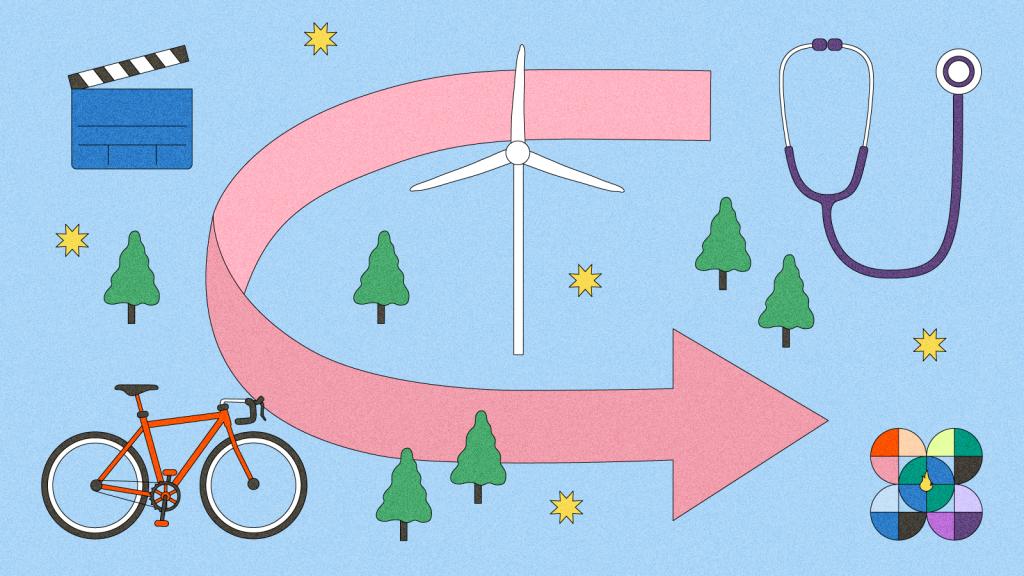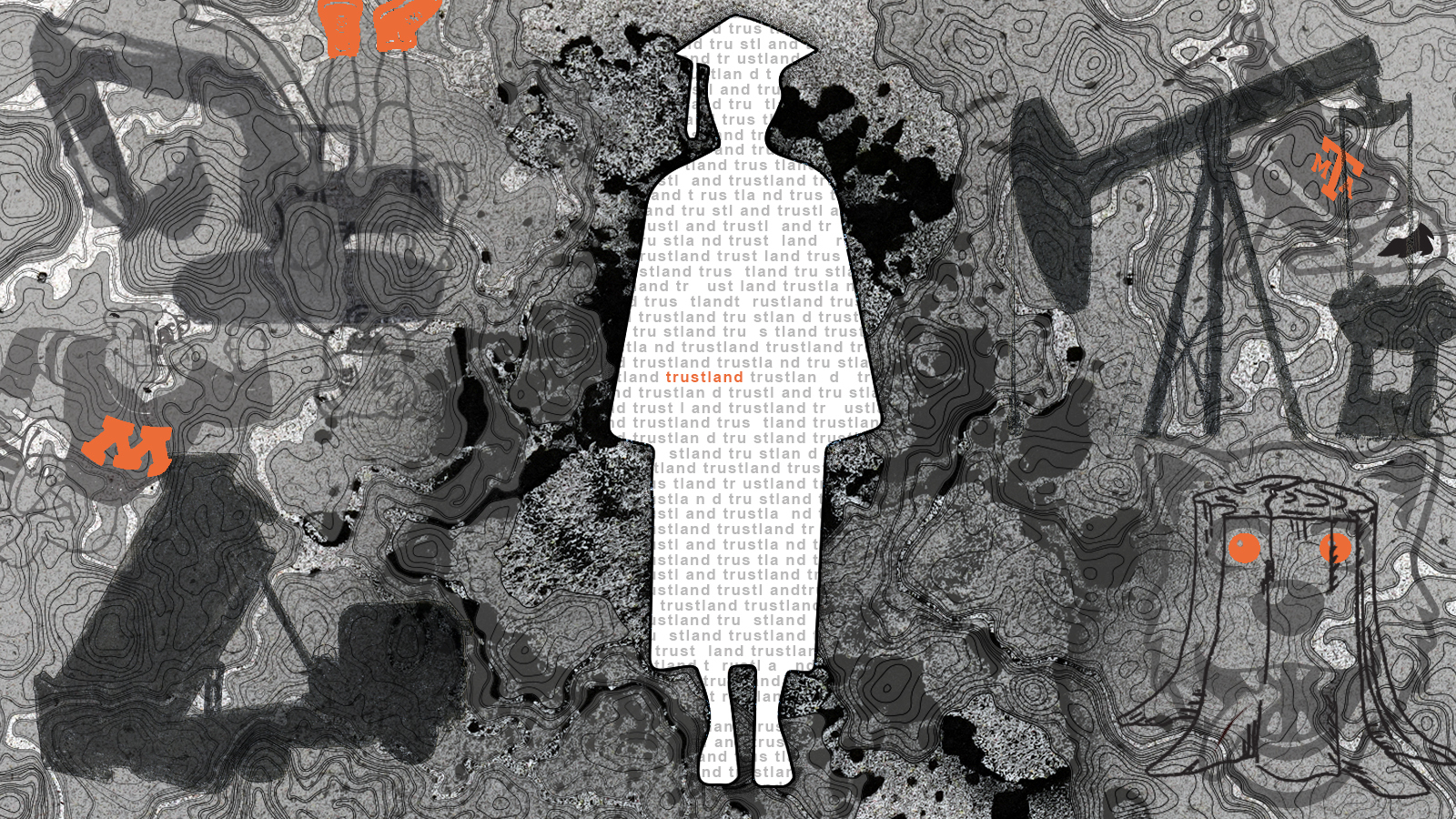Today, Grist published a major investigation on state trust lands and is making its new, vast dataset public.
Over the past year, Grist has examined publicly available data to locate trust lands associated with land-grant universities seeded by the Morrill Act, as a follow-up to the 2020 High Country News investigation. State trust lands just might be one of the best-kept public secrets in America: They exist in 21 Western and Midwestern states, totaling more than 500 million surface and subsurface acres.
In the process, we identified their original sources and analyzed their ongoing uses, locating and mapping more than 8.2 million surface and subsurface acres taken from at least 123 Indigenous nations that currently produce income for 14 land-grant universities.
In 2022 alone, these trust lands generated approximately $2.2 billion in revenue for their schools — and between 2018 and 2022, more than $6.7 billion. Indigenous nations were paid a combined $4.3 million in today’s dollars for these lands, but in many cases, nothing was paid at all.
Grist is making the data from the project publicly available here. We’ve already distributed the data to newsrooms across the U.S. to do their own reporting, and we’ll link out to their stories on our project page as they’re available.
Our dataset includes Arizona, Colorado, Idaho, Minnesota, Montana, New Mexico, North Dakota, Oklahoma, South Dakota, Texas, Utah, Washington, Wisconsin, and Wyoming — states with trust lands that benefit land-grant institutions.
Grist reporters will provide additional training to journalists interested in using the data on February 21 at a Society of Environmental Journalists webinar, and during two sessions at the NICAR conference in March.
If you use this data for your reporting, please be sure to credit Grist in the story and please send us a link to your story. To learn more about our data, or to join our Slack data support channel, email landgrabu@grist.org.
Our findings
Nearly a quarter of land-grant university trust lands are designated for either fossil fuel production or the mining of minerals, like coal and iron-rich taconite. While much of our focus is on the energy industry due to its massive climate impact, we found that grazing is permitted on about a third of the land, or approximately 2.8 million surface acres. Timber, agriculture, and infrastructure leases — for roads or pipelines, for instance — make up much of the remaining acreage.
However, the amount of revenue generated from these activities isn’t always clear from the acreage. For example, despite the somewhat smaller footprint that timberlands represent in our dataset, they are still significant sources of revenue: From statehood in 1889 to 2022, timber sales on trust lands in Washington provided Washington State University with at least $1.1 billion in revenue when adjusted for inflation.
Learn more about the project:
The Pulitzer Center helped support this data reporting and the previous Land Grab University data reporting project. If you or your newsroom needs some extra support for your own projects related to this data, you can apply with the Pulitzer Center. They have a rolling application process for grant support and meet weekly to discuss new applications. Learn more about how to apply at this link. For questions about applying, please contact reacheditorial@pulitzercenter.org.



